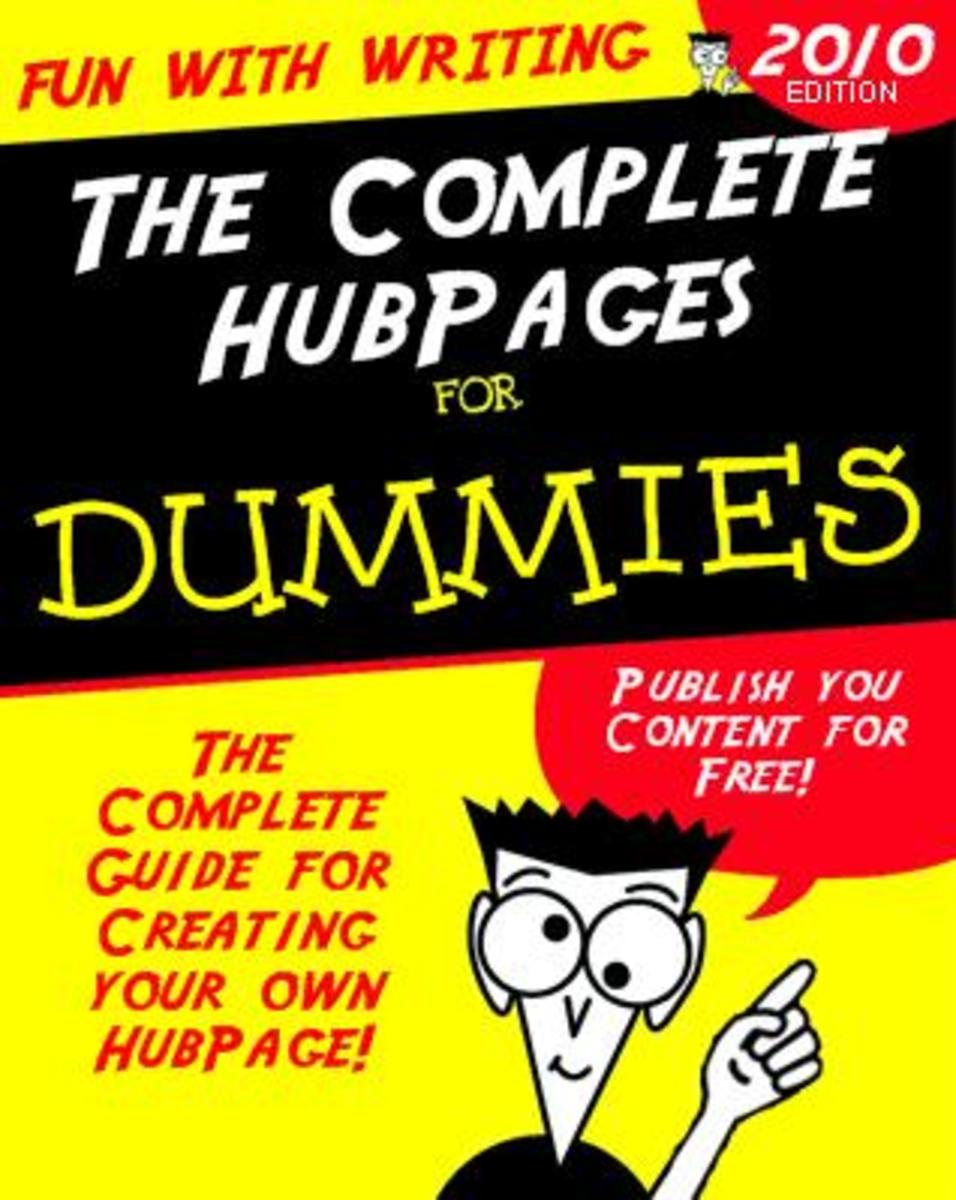How to Create Killer Content
Introduction
How do you create killer content, and how should you deliver it? What should you do to create good content and not do so you don't hurt its quality? What is the best way to create perfectly crafted content and deliver it to your target audience?
Know the Message You Want to Deliver
The best content has a focused message. “Our business sells X and we’re here” is the basis for all local SEO and business directories. “You have X problem and our product solves it” is the basis of many webpage articles and how to videos. The broader the intent of the content, the less likely it suits the audience searching for that answer well. In the case of a webpage, broader focus of content will hurt your conversational SEO and customer conversions. When it comes to keyword tags, it also increases the cost of the keyword advertising.
Know your message, and then craft content that clearly delivers that message in a way the audience understands it and receives it well.
This is often lost when someone tries to create an article that covers every facet of an issue instead of unique articles for each niche. This is why a broad article on headaches won’t rank well unless you’re on a high authority medical website but an article on dealing with both migraines and seizures at once can still rank well when done by someone who has dealt with both. A long article on car insurance will lose out to higher domain authority sites while trying to cover too many details makes it too long for most people. A short and simple message, such as when Grandma risks losing her auto insurance due to declining capacity, will rank well with search engines and give information those seeking will stay and read.

Kill the Filler
In conversation, you need to eliminate terms like “kind of”, “sort of”, “just let me quickly” and other filler terms. They weaken the conviction of your message and suggest you haven’t thought through your proposition. Uhs and uhms are even worse in conversation, making you look weak or uncertain. The effect isn’t as bad when you use filler text in your content that extends the word count and tries to take the bite out of difficult statistics or hopes to couch the news in less severe wording. For written content, writing in the passive voice can have the same, negative effect, especially if you add “mostly” or “often” to the text as a cushion in case someone brings up an exception. There’s a reason the best salespeople give the straightforward “this is the best one for you” pitch, not “I think might maybe like this”.
Too many people also use clichés, industry speak and other indirect language with the mistaken belief that it improves their stance or the content’s ability to communicate. If you are talking to doctors, yes, use the medical terms. When writing for engineers, use the IEEE standards, ANSI standards and technical terms. For average people, using the “in group” language of various industries seems to make you look like a member of that group but hurts the ability of your content to convey its meaning.
If in doubt, don’t tell people about them, show them. This is where a demonstration of the product is both faster and better than talking about it for five minutes, why a diagram of its proprietary features is worth more than a rambling attempt to describe it. Or show a relevant image that includes the product and/or brand name instead of repeating the brand name over and over again in the content.
Don’t Moderate the Message
Sometimes someone will try to moderate the message and end up hurting its delivery. “You may not like this, but”. “I think you are going to be offended, but”. “Trigger warning, here’s an opinion”. All of these phrases, written or uttered in the hope of minimizing negative impressions, have the opposite effect – you set people against the message before they’ve even heard it. Have an introduction before you jump into a lesson on the effects of smoking, drug use, bad financial decisions, medical problems. But don’t turn people off just after they’ve turned in to you.
This is easier to do if you sever your own emotional ties to the content and focus on the intent of the message. If you don’t get upset when people remove the modifiers, filler and exceptions to get to the meat of the message, it is easier to craft a great message.
Focus on Your Message, Not the Message’s Reception
Focus on what you want to say, not what the audience thinks. They’ll think what they think, but worrying about how they receive it could result in moderating the message and failing to deliver it in the process. And there’s the risk that you misinterpret what others think and take corrective actions that make things worse.

Get to the Point
Long boring narration are often considered a hallmark of a bad movie because it tries to set up the story without showing people. Very long monologues that lecture people while providing little substance are another. Long intros with busy text flowing past and sweeping visuals versus starting the commercial or “story” make people hate it before they even know what it is.
Why do people hate them? They want to see the story, feel the emotions you want to evoke, intend to learn what you came to teach. Spending too much time on the set up or giving too much background that is seen as irrelevant hurts your message. “Keep it simple, sir” or “keep it simple, sweeting”, the KISS acronym, is the best advice. Get to the point quickly and then deliver it home. Then shut up. If in doubt, be quiet. Let people ask their questions, which lets you clarify any confusion or provide the detail people actually want.
Have both decisive starts and finishes to your content, whether textual or a pre-recorded video. This helps you get to the point quickly and finish neatly.
End It at the End
What do you do if you have a 30 minute timeslot for a podcast and finish in 20? If you’re recording a thirty second promo and finish it in 18 seconds, what do you do?
You should never finish your pitch in a video or podcast and then start rambling because there is more time available. Don’t ramble, either, in the hope it makes you seem smart. And if you have a captive audience, whether a Youtube channel host or seminar audience, don’t end your message delivery by trying to take advantage of a captive audience. You’ll either “over-sell” the point by repeating the original message, turning people off, or start on a new topic and undercut the intended message delivery.








